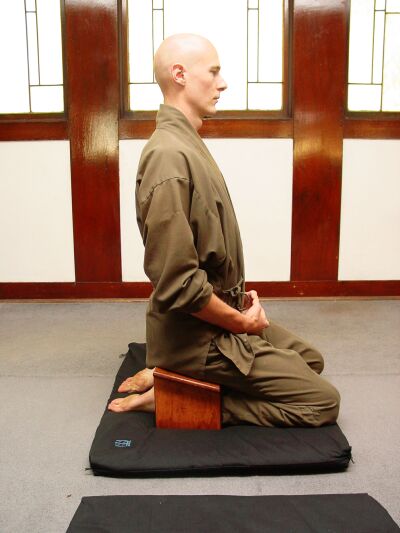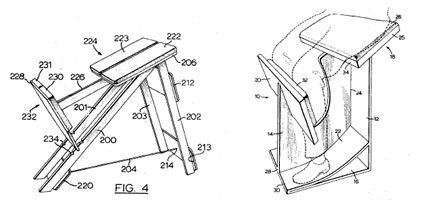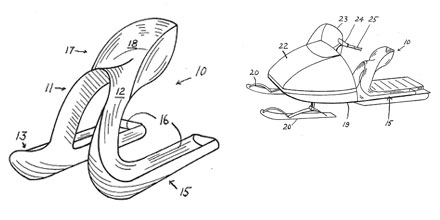Kneeling on hard or uneven ground can be very uncomfortable for the knees, shins and ankles, particularly if you sink back onto your haunches. Kneeling therefore really requires a soft surface beneath, such as rugs, carpets, or cushions, and perhaps something to help support your bottom so that you do not end up sat on your ankle bones.
A traditional Seiza Bench on padded mat.
Meditation requires that you empty your mind and be free of all external and internal distractions. Sitting in meditation is traditionally done in a crossed-legged Burmese/Lotus position or a kneeling position, because these poses allow the back to be in correct alignment and the meditator to be less distracted by physical discomfort.
The ‘Seiza’ Bench has been used by Buddhist monks in Tibet and Japan for centuries for this reason. It creates a kneeling-like position that can be maintained in comfort for extended periods. The weight of the torso is lifted off the ankles and shins, and the forward tilting seat opens up the angle between trunk and thighs putting the back into its correct S-shaped alignment.
An alternative Seiza Bench Design.
An alternative is the traditional ‘Zafu’ Cushion. This can be used for both crossed legged or kneeling positions. For kneeling the rounded cushion lifts the pelvis again opening up the angle between torso and thighs and aligning the spine. It is interesting to note that the full lotus position physically forces the thighs downwards thereby achieving this same objective.
A Zafu Cushion
In recent decades a number of chair designs have developed this kneeling-like sitting position based on the research by Dr. A. C. Mandal’s that concluded that a forward sloping seat did effectively tipped the pelvis forward opening up the angle between torso and thigh and thereby correctly align the spine. A sample of which are shown below:
Primate Achille Castiglioni: 1970
This seat allows a number of different positions, from standard seating, kneeling and reversed draped over the seat.
Buzzi: 1970
J. Harding Vowles: 1972
Peter Gillings Jnr: 1973 (Originally designed for a snow mobile seat.)
Hans C Mengshoel: 1979
Balans Chair: Hans C. Mengshoel, Svein Gusrud & Peter Opsvik: 1979
Dropping the legs, so your thighs are at an oblique angle to the torso of between 120o and 135o solves the problem of stress in the lower back that is associated with traditional 90o sitting position. In this position the musclular work of sitting upright is evenly balanced between front and back, so it feels almost effortless. The rockers allow movement whilst in this position and aid in the building of core strength.
Gravity Chair: Peter Opsvik:
This was developed from the Balans chair and transforms from lounger, to conventional chair to kneeling chair as it rocks forward.
X-shaped Frame Kneeling Chair:
This style developed to increase stability and allow adaptability in heights and angles. The one pictured here has a screw mechanism to allow continuous adjustment. Manoeuvrability is enhanced with castors.
I have previously owned a chair like this and found that the rear base junction is weak, particularly if someone perches on the chair in reverse!
5-Star Base Kneeling Chair:
The kneeling chair has become synonymous with office work in the past few years, so it is unsurprising that it is being styled like other office chairs. This base is stable but allows for mobility when seated. You can lean forwards and backwards, twist around, or stretch one or both legs out from the kneeling position and propel yourself on the castors to reach objects, all whilst being in a position that allows you to sit comfortably and autonomously. Some such chairs are sold with backs to make them appear more traditional, but backs are completely superfluous, you do not need or use them!
Cranz G., 2000. The Chair; Rethinking Culture, Body and Design. New York: W. W. Norton & Company.
Gibbs N., ed., 1990. The Woodworker book of Joinery. Wiltshire: Argus Books












